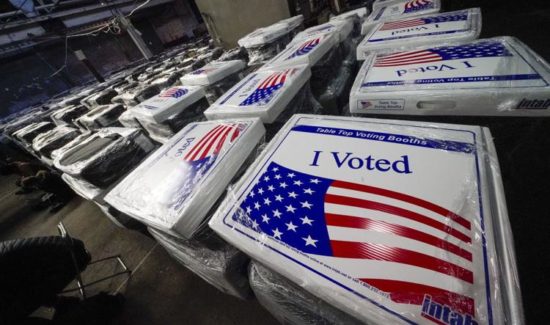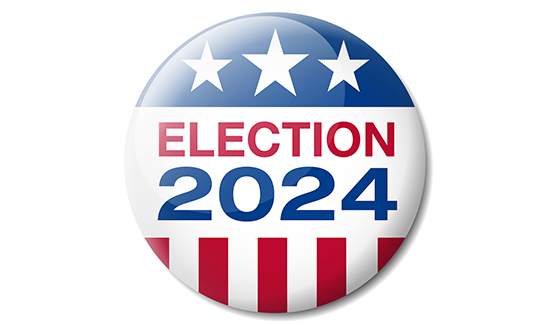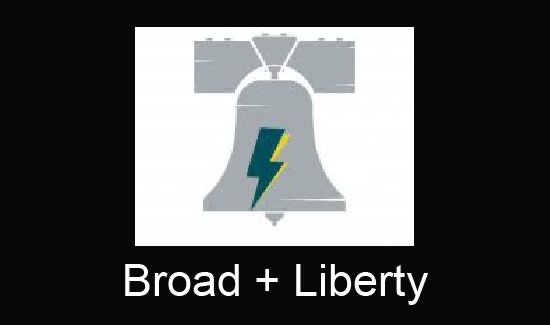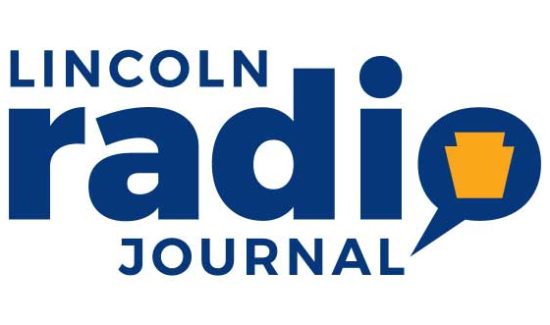Gaming Expansion in PA: Marginal Returns?

State-sanctioned gambling – “gaming,” in the parlance of its overlords – has seen marked growth in Pennsylvania. But as a new analysis by the Allegheny Institute for Public Policy notes, the returns – initially sketched as the be-all and end-all on many fronts — remain marginal when considered in context.
“In the last 13 years or so, gaming in the commonwealth has grown substantially – from slots, to tables, to sports wagering – and will continue to grow with smaller regional casinos opening,” says Frank Gamrat, executive director of the Pittsburgh think tank.
“It was originally sold as a way to keep Pennsylvania gamblers from spending their money in other states while attracting gamblers from neighboring states and then using the tax money to offset property taxes or supplement the general fund,” reminds the Ph.D. economist (in Policy Brief Vol. 19, No. 15).
The same rationale was employed when Pennsylvania, on the heels of the U.S. Supreme Court sanctioning legal sports gambling, last year authorized sports wagering.
But neighboring states – such as Delaware, Maryland, New Jersey, Ohio and West Virginia – have either authorized their own gambling parlors or expanded to keep up with Pennsylvania.
“The competition of out-of-state gaming has undoubtedly lowered out-of-state gamblers, meaning that the bulk of the state’s gaming revenues are coming from Pennsylvanians,” Gamrat says.
And as the scholar also reminds, that means money spent at the casinos – in reality, money lost – “is money that is not spent on other goods, be they recreational, luxuries or necessities.”
“With more facilities surely on the way as 2019 unfolds, it’s certainly too early to draw any conclusions about sports wagering,”
Gamrat says, but “one thing is clear”:
“The commonwealth is not going to generate a large percentage of its expected $34 billion in total general fund revenue from sports wagering even if it tops a couple million dollars per month in wagering taxes.”
A recent news article notes that of the six states to legalize sports gambling following the high court’s ruling — Delaware, Mississippi, New Jersey, Pennsylvania, Rhode Island and West Virginia – only New Jersey has met its revenue projections.
“Pennsylvania’s haul has been about half of what it expected, thus far,” Gamrat says. “Then, too, the history of taxes from slots and table games revenues shows the commonwealth should not bank on these gaming revenues to account for a substantial share of state tax revenue.”
Slots gambling bowed in Pennsylvania in 2006. The number of casinos reached 12 in 2013, the same year revenue (measured as gross terminal revenues) reached its high-water mark.
Of course, little in the way of promised property tax relief has materialized from slots with the average annual collection of $801 million over the last five years.
“Keep in mind that school property taxes collected across the commonwealth are roughly $13 billion (in the 2016-17 school year, residential and commercial,)” Gamrat says.
Slots revenue represents only about 6 percent of school taxes paid. And with slots revenue remaining flat over the past five years while property taxes continue to climb, that percentage will fall.
The bottom line in all this is that the amount of realized gambling tax revenue is insufficient to keep pace with the growth in government expenditures.
“Promoting the use of gaming revenues to shore up the general fund in a substantial way is proving to be a foolish venture,” Gamrat says. “A better way to bring in higher tax revenues would be to improve the business climate by rolling back tax rates and reducing the burdensome regulatory environment to encourage new firms to locate, or existing firms to expand, in Pennsylvania.”
Colin McNickle is communications and marketing director at the Allegheny Institute for Public Policy ([email protected]).






